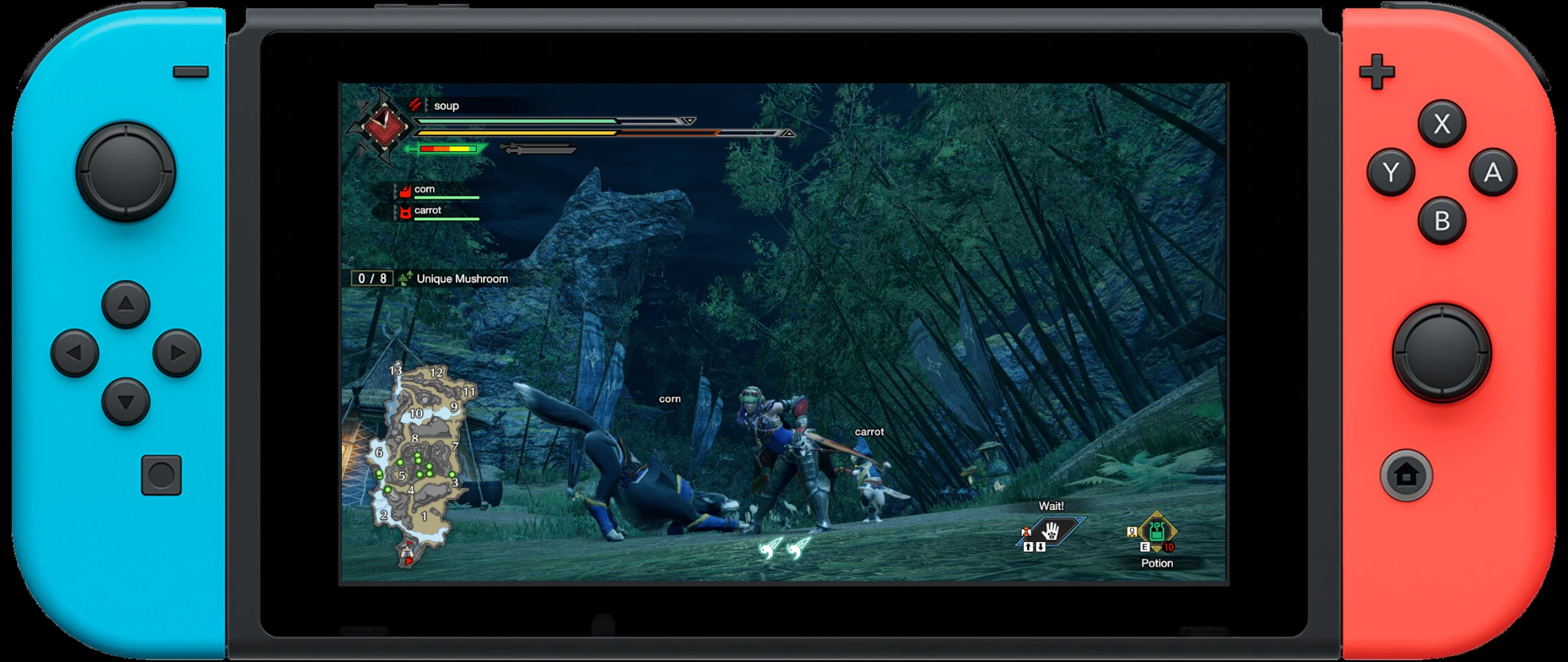It's different. The workaround you outline (i.e. in-game DLSS to a DSR resolution which is then downsampled to the display res) was possible before, and it actually works really well, but it requires the game to support DLSS.
DLDSR works for everything -- it's basically a different way to downsample a DSR image. And in terms of inputs, since it doesn't have any of the additional information DLSS (2.0) has (such as motion vectors or multiple jittered samples) it's actually a bit closer to DLSS 1.0 than DLSS 2.0 -- with the major difference that it downsamples instead of upsampling, which clearly makes that approach more viable.
DLDSR works for everything -- it's basically a different way to downsample a DSR image. And in terms of inputs, since it doesn't have any of the additional information DLSS (2.0) has (such as motion vectors or multiple jittered samples) it's actually a bit closer to DLSS 1.0 than DLSS 2.0 -- with the major difference that it downsamples instead of upsampling, which clearly makes that approach more viable.















